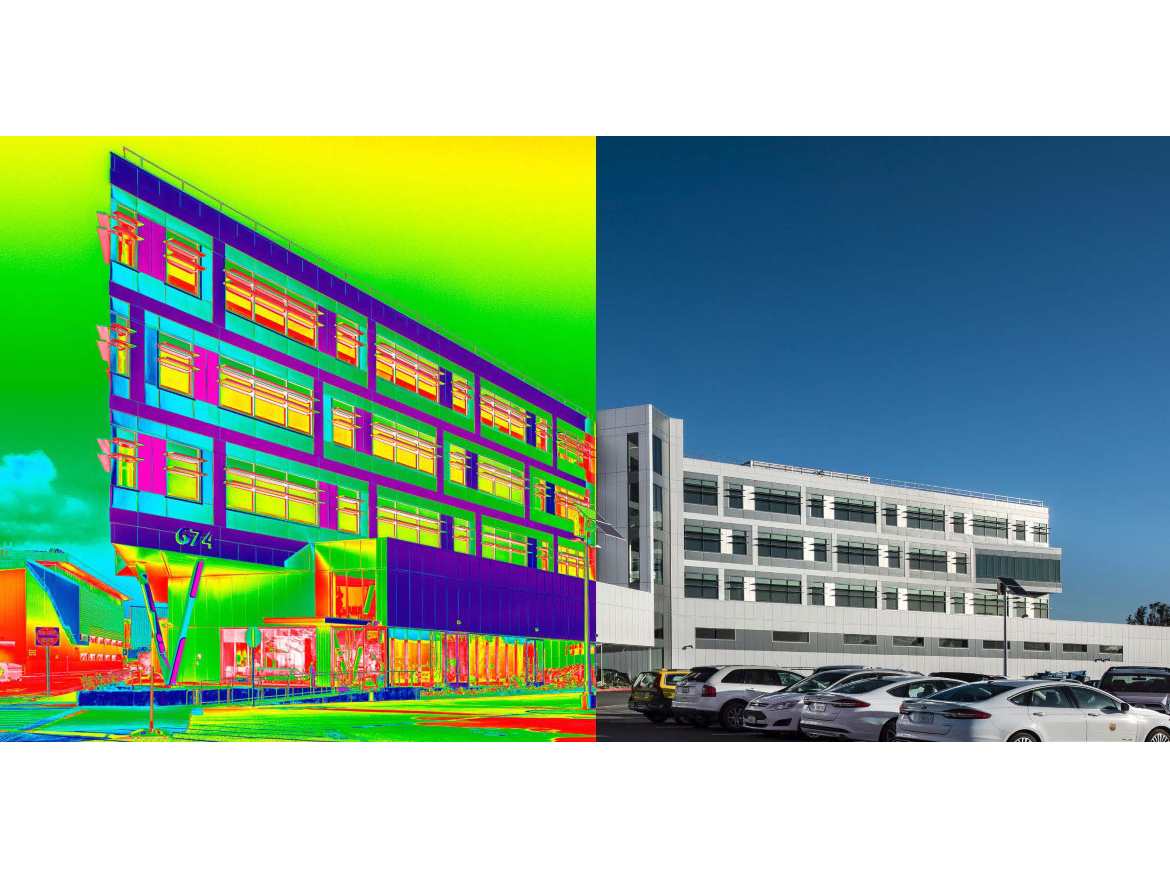Kingspan Insulated Panels North America has released a new white paper, Finding the Meaning in the R-Value and U-Factor of Insulated Metal Panel Building Envelopes, providing guidance for architects and specifiers on evaluating the thermal testing of insulated metal panels (IMPs). The research analyzes different methods for assessing thermal performance, one of the key benefits for the use of IMPs in commercial and industrial buildings.
As more architects and specifiers consider metal panels to create building envelopes, this review suggests that R-value, which measures a product’s thermal resistance, alone may not be enough to evaluate thermal performance. Depending on the application, the paper recommends that U-factor should also be considered, as it measures thermal resistance across a building envelope assembly.
The white paper analyzes various ASTM standards and test methods as they related to thermal testing, advising architects and specifiers to be aware of the parameters set each time an IMP is put to the test for
thermal performance. Climate and conditions play a major role in determining thermal efficiency. The lower the mean test temperature, the higher the R-value. Insulated metal panels manufacturers will typically declare R-values tested to a mean temperature of 75 degrees Fahrenheit for all building applications except for cold storage, where a more relevant mean temperature of 35 or 40 degrees is the norm.
U-factor provides a more holistic look at the entire building envelope; however, it is important to determine whether air film allowances are included, and if finite element models were included.
“It’s critical to understand the science of thermal testing and utilize all available thermal performance data when evaluating insulated metal panels and designing a building for maximum thermal efficiency. There are many factors that go into decision-making. We hope this white paper helps architects and specifiers make more informed choices,” said Ian Manser, Technical Director for Kingspan Insulated Panels North America.
Insulated metal panels reduce the embodied carbon in new and existing building stock through both material selection and the manufacturing process. They contribute to a growing circular economy and allow for faster construction to meet the demand for growing sectors, such as distribution and data centers.
To read the white paper, please click here.
To learn more about Kingspan, visit www.kingspanpanels.us.




